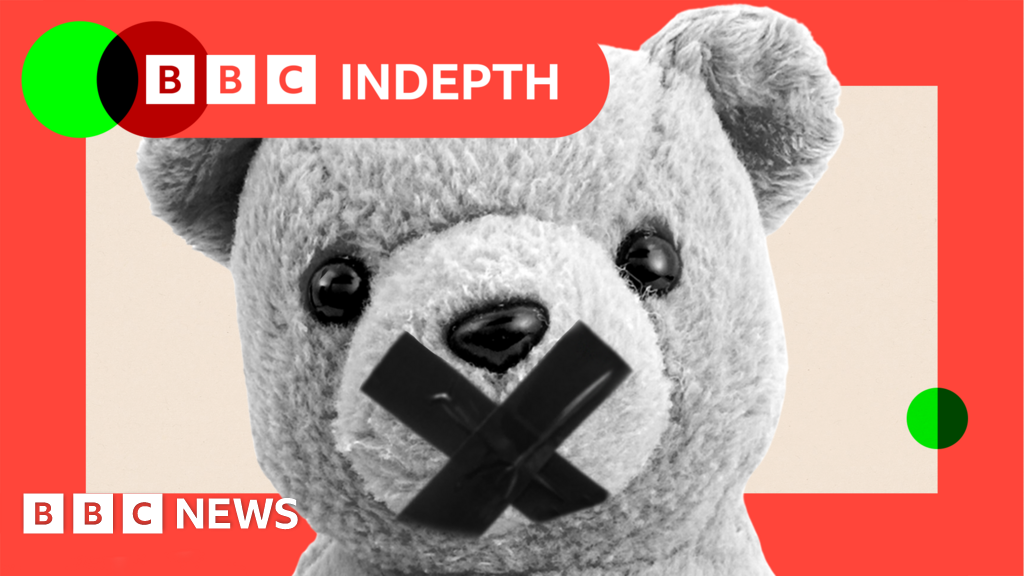Title: Big Institutions Still Fail to Protect Children
In an era that prides itself on transparency, accountability, and child protection, it is gut-wrenching to acknowledge that many of our big institutions still fail to protect children. These institutions, which should provide a safe haven for the most vulnerable members of our society, continue to fall short in exposing and addressing abuse.
The Church of England was shaken to its very core when an independent review, commissioned to scrutinize how abuse and child grooming were allowed to persist within the institution, unearthed chilling acts of negligence. The subject of the investigation was a particularly notorious figure, Smyth, who evaded justice by exploiting his position within Christian camps and schools.
The details of the investigation are as horrid as they are heartrending, with victims recounting how Smyth was able to manipulate and harm children unabated. Equally alarming was the Church’s recurring indifference and inertia in responding to the numerous red flags raised about Smyth’s actions. Ignorance can no longer be a plausible defence, given the plethora of instances where people attempted to flag his misbehavior.
It isn’t just religious institutions in the spotlight. The world of sports, often considered a haven for discipline and camaraderie, has also had its idyllic image tarnished by child abuse scandals. British Gymnastics found themselves on the receiving end of public outrage and censure when they were forced to issue an apology for their failure to protect doing children under their care.
Last year, the BBC revealed heartbreaking personal accounts from several swimmers of enduring bullying, emotional abuse, and body-shaming. Instead of a healthy environment fostering individual and team growth, these young athletes faced a quagmire of toxic practices that only served to erode their self-esteem and confidence.
As parents, guardians, and indeed as a society, we must question the efficacy of the systems and policies that govern these institutions. The instances of abuse in the church and in sports are not isolated incidents, but rather symptomatic of a wider systemic problem. The failure to protect children isn’t a mere oversight, it’s an egregious betrayal of trust.
The necessity for structural and operational reform within these organizations cannot be overstated. There needs to be a complete overhaul of the way suspicions and allegations of abuse are handled, with more emphasis placed on the welfare of the children involved. Potential perpetrators must be faced with stringent screening processes and held accountable for their actions, regardless of their standing or influence within the organization.
However, safeguarding children is not solely the responsibility of these institutions. Every one of us is morally obligated to commit to ensuring the safety of children and amplifying their voices. We must not close our eyes and ears to their stories and must relentlessly advocate for better protection measures.
The journey to rectify these systemic failures will not be quick or easy, but it is a necessary one. Until every child within these institutions is protected from harm, we cannot rest. Let us not forget, our children are our most valuable asset; they are the leaders, thinkers, and creators of tomorrow. They deserve nothing less than safety, respect, and the opportunity to thrive.




